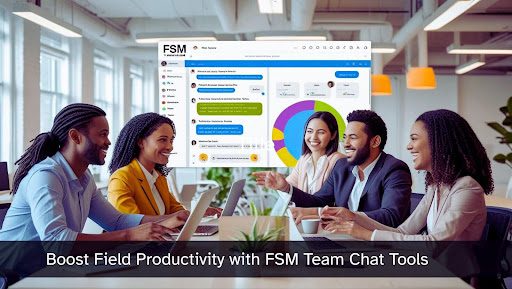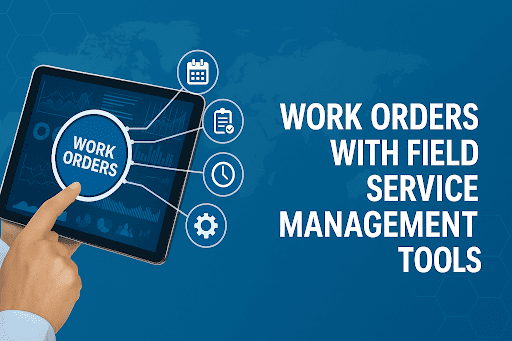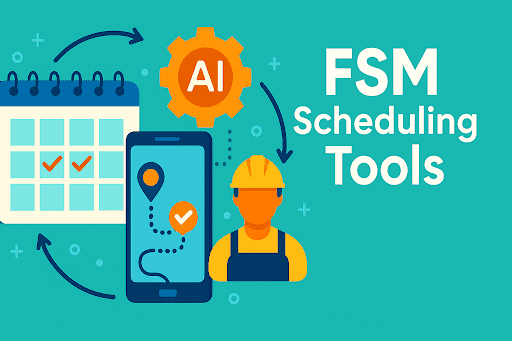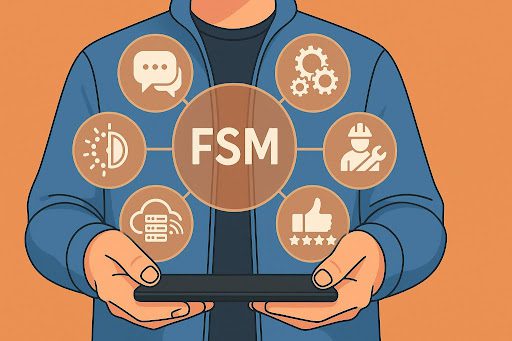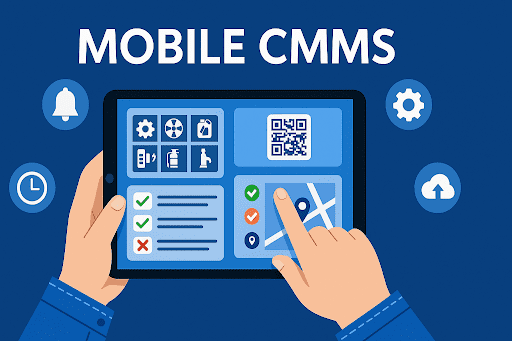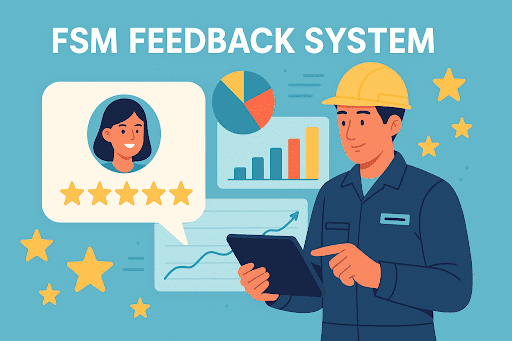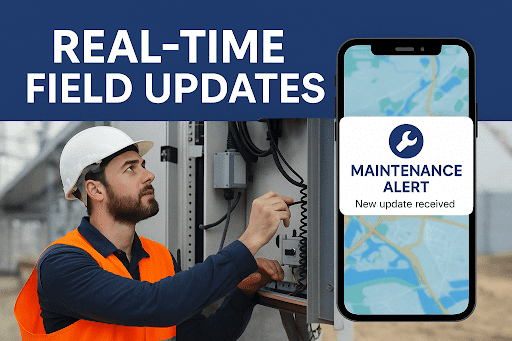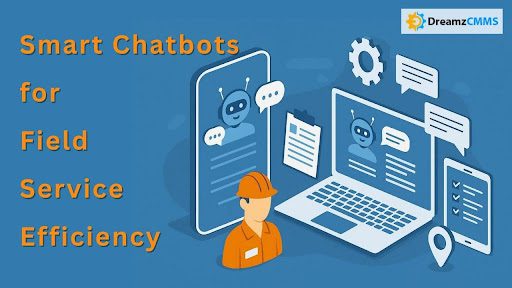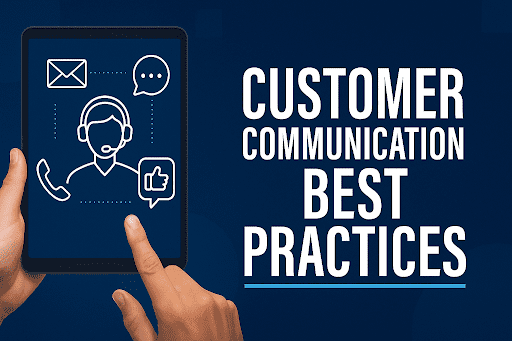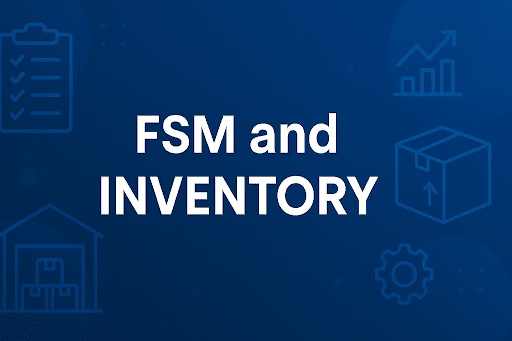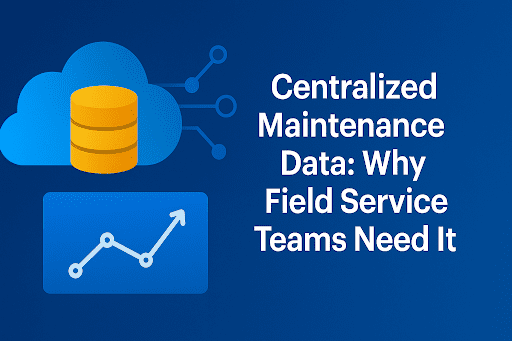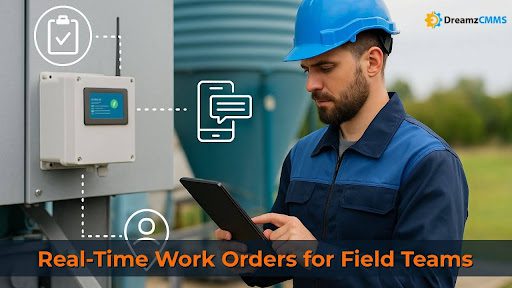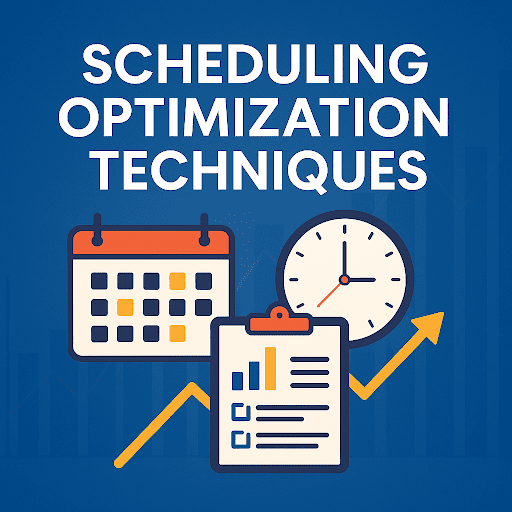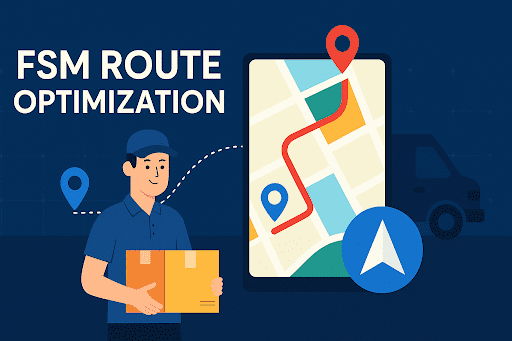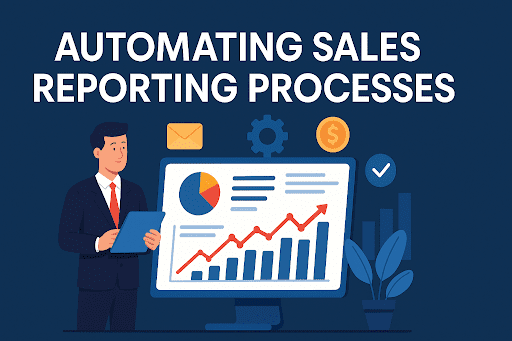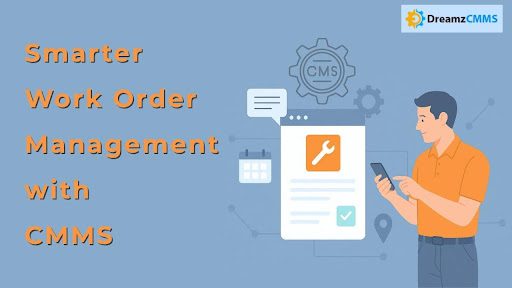 BACK TO Blog
BACK TO Blog
Asset Rental Management
Field Service
The modern business environment requires organizations to prioritize service quality and performance metrics at all times. Service Level Agreement (SLA) compliance stands as an indispensable requirement for anyone who runs facilities or manages IT services or maintenance contracts. The failure to satisfy Service Level Agreements (SLAs) results in monetary fines
- July 16, 2025
- DreamzCMMS Team
- 10 minutes read
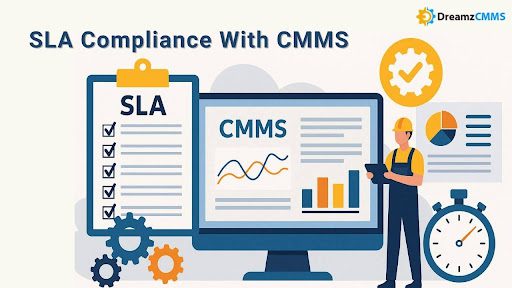
- July 16, 2025
- DreamzCMMS Team
- 10 minutes read
The modern business environment requires organizations to prioritize service quality and performance metrics at all times. Service Level Agreement (SLA) compliance stands as an indispensable requirement for anyone who runs facilities or manages IT services or maintenance contracts. The failure to satisfy Service Level Agreements (SLAs) results in monetary fines and negative reputation damage and business loss. The Computerized Maintenance Management System (CMMS) represents a powerful solution which modern technology provides for organizations today.
This detailed guide explains SLA compliance fundamentals while discussing organizational SLA challenges alongside CMMS implementation methods that enhance operational efficiency and improve accountability for staying on schedule.
Try Our Asset Maintenance Management Software
Smart preventive maintenance workflows help organizations optimize their SLA performance through streamlined operations.
The system enables you to perform timely repairs which reduces downtime while guaranteeing complete compliance with all established benchmarks.
Explore Asset Maintenance Management Software
What is SLA Compliance?
Service Level Agreement compliance involves meeting all requirements specified. Service providers must adhere to specific performance metrics which are usually defined in their agreements.
- Response time to service requests
- Resolution time for incidents
- Uptime or availability guarantees
- Frequency of preventative maintenance
- Compliance with safety and regulatory guidelines
Service Level Agreements function as binding legal contracts which unite service providers with their clients. The violation of service level agreements leads to penalty payments and damage to reputation which may ultimately end service provider-client contracts.
SLA compliance goes beyond penalty avoidance because it creates trust and enhances customer satisfaction while demonstrating organizational dedication to superior service standards.
Common Challenges in SLA Compliance
The following analysis of CMMS software begins with an explanation of why many organizations struggle to meet their SLA compliance targets.
1. Manual Tracking and Paper-Based Processes
The maintenance operations of traditional systems use spreadsheets along with emails and handwritten logs to monitor tasks. The manual methods used for service level agreement tracking result in delays and errors which create unreliable performance monitoring.
2. Lack of Real-Time Visibility
Teams struggle to determine SLA target fulfillment because they lack access to current data. Service level agreement performance suffers because delays in detecting problems let breaches occur before staff notice them. Learn more about the importance of real-time field updates.
3. Inefficient Resource Allocation
When resources are not properly allocated tasks begin to accumulate. Poor resource allocation creates more opportunities for deadline misses and SLA violations. The implementation of FSM route optimization helps organizations improve their resource management capabilities.
4. No Centralized System for Work Orders
When systems operate independently from each other it becomes challenging to monitor the activities of different personnel throughout different time periods. The data needed for SLA performance evaluation exists in various locations including multiple platforms and physical records and email communications.
5. No proactive maintenance approach exists in this organization
Organizations following a reactive approach to maintenance since they fix things only after they fail tend to fail in meeting their SLA targets. Preventive maintenance deficiency makes it practically impossible to automate the tracking of SLA compliance.
The implementation of a CMMS provides an automated solution for SLA monitoring because the system addresses operational fragmentation.
Field service organizations achieve significant benefits by using powerful Field Service Management Software solutions.
CMMS provides organizations with streamlined SLA compliance through its implementation.
A Computerized Maintenance Management System (CMMS) serves to optimize maintenance operations through digital work order management and scheduling alongside performance tracking and asset data storage within one unified system.
A CMMS platform delivers direct advantages that simplify the process of achieving better SLA compliance by:
1. Automated Scheduling and Preventive Maintenance
The primary benefit of CMMS software exists in its capacity to conduct automated preventive maintenance operations. The system enables users to establish scheduled tasks through either time-based or usage-based or condition-based criteria.
The system reduces breakdown occurrences and SLA deadline breaches by performing scheduled maintenance regularly. The system plays an essential role for tracking SLA response times alongside uptime guarantees.
2. Real-Time Monitoring and Alerts
CMMS platforms feature SLA tracking systems that continuously monitor essential performance indicators defined in SLAs. The system provides SLA breach alerts which send notifications to teams when tasks miss their deadlines or approaches their deadlines.
The system provides instant oversight that enables prompt responses to maintain your SLA compliance standards.
3. Centralized Work Order Management
The CMMS platform accepts service requests and work orders which it then organizes and prioritizes before distributing them to appropriate technicians. The digital documentation enables managers to monitor task statuses in real time thus supporting work order SLA compliance.
The CMMS tracks all requests which require completion according to specific deadlines through time-stamping and audit trail features.
4. Automated Reporting and SLA Audits
The process of manual reporting consumes excessive time while simultaneously raising non-compliance risks. CMMS software makes it easy to track SLA compliance through built-in automated features.
The system generates complete reports which include:
Repair durations
Response times
Task completion rates
Resource usage
SLA breaches and reasons
The reports enable you to show SLA compliance to both internal auditors and external clients through maintenance SLA reporting.
5. Custom SLA Configuration
The majority of CMMS platforms provide users with the ability to customize SLA settings according to client agreements. The system enables you to define performance thresholds for various tasks and assign priority classifications while triggering alerts before SLA deadlines are missed. This system enables maintenance teams to focus on tasks based on SLAs while maintaining strict SLA adherence.
6. Improved Communication and Accountability
The digital ecosystem that connects all stakeholders including maintenance teams and their supervisors and vendors and clients minimizes communication breakdowns.
All team members possess complete understanding of their tasks alongside their assigned deadlines. When SLA compliance rests on personal accountability the resulting performance level improves.
To boost response efficiency you should integrate customer service automation features with your CMMS system.
The Field Sales Software provides real-time update capabilities together with route optimization features which help meet SLA standards for field sales teams.
7. Mobile Access and Field Integration
The most recent CMMS tools include mobile apps which enable technicians to handle work orders from start to finish remotely. Field workers along with teams spread across multiple facilities need immediate access to data as a fundamental requirement.
The system enables faster responses because it functions as one of the essential facility service compliance metrics.
Facility Management Software provides complete features to handle facility operations management and maintain SLA compliance.
Real-World Example: Facility Management SLA Compliance
The following real-world example demonstrates how CMMS supports facilities management operations:
Scenario: A major corporate office partners with service providers through a facilities maintenance agreement that includes an essential SLA requirement to fix critical HVAC problems within 4 hours.
Without a CMMS:
- A technician obtains the request through email but experiences delayed response times.
- The supervisor lacks access to centralized tracking systems which prevents them from verifying deadline completion.
- The client makes multiple follow-ups because they cannot receive any information about the progress.
With a CMMS:
- The system generates high-priority work orders automatically upon receiving the issue log.
- The technician gets immediate notification through their mobile device.
- The system monitors the entire duration starting from the request until the resolution to guarantee compliance.
The system automatically produces reports which it distributes to clients after work completion.
The difference? Better transparency, accountability, and SLA performance management.
Key Features to Look for in a CMMS for SLA Compliance
The features of different CMMS platforms differ from one another. The following essential features will help you maintain strong SLA compliance:
- Custom SLA setup & prioritization
Create separate SLA rules which apply to different clients and assets. The system should automatically determine which tasks need immediate attention.
- Work order automation & time tracking
The system should automatically create work orders while tracking the duration of tasks to maintain deadline compliance.
- Real-time alerts & escalations
The system will send immediate alerts about tasks that might miss SLA targets while providing quick escalation options.
- Reporting & dashboards
The system provides visual dashboards and reports which help you track SLA performance and detect potential problems.
- Preventive maintenance scheduling
Regular maintenance scheduling helps organizations prevent unexpected equipment failures which could violate SLA requirements.
- Mobile access
Field teams should have the ability to update tasks and check assignments from any location at any time.
- Audit trails & service logs
The system maintains a complete digital record which serves as evidence for reviews and compliance checks.
- Integration with ERP/CRM
The CMMS system should integrate with other systems to ensure data flows smoothly between them.
- Compliance dashboard & KPIs
The system allows real-time monitoring of SLA metrics while providing instant access to performance trends.
- Alerts for SLA deadlines
The system provides advance notifications about upcoming deadlines and tasks.
The selection of an appropriate CMMS system enables you to fulfill SLAs efficiently while boosting operational productivity and customer satisfaction.
SLA Compliance Through CMMS Produces Long-Term Advantages for Organizations
The implementation of CMMS for SLA compliance brings organizations multiple advantages above penalty avoidance:
Enhanced Customer Trust
Your clients feel secure about your service delivery because this leads to better contract renewal figures.
Reduced Downtime
The combination of preventive maintenance and real-time alert systems results in the smooth operation of vital systems.
Improved Team Performance
The organization of technicians improves along with their accountability and their ability to respond to service requests.
Accurate SLA Performance Metrics
Data-based reporting tools help organizations make better decisions and develop ongoing enhancements.
Competitive Advantage
SLA compliance functions as a competitive advantage which attracts new business opportunities in competitive markets.
CMMS provides SLA compliance solutions for various industries.
The implementation of CMMS brings significant changes to SLA compliance operations in different industrial sectors:
- Manufacturing depends on CMMS to guarantee production equipment operates according to its scheduled uptime and maintenance requirements.
- Healthcare organizations depend on this system to fulfill rigid regulatory requirements for essential medical equipment.
- Facilities Management tracks performance standards (SLAs) for HVAC maintenance alongside cleaning operations and security services and utility management.
- The help desk system integrates with IT Services to monitor the resolution and incident response SLAs.
- Hospitality businesses preserve guest satisfaction through their ability to provide prompt maintenance services and repair operations to rooms.
Any industry requires SLA compliance and CMMS stands as the fundamental solution for achieving success.
Conclusion: Make SLA Compliance Effortless with CMMS
SLA compliance operates as an efficient method which eliminates both stressful procedures and human errors. Organizations achieve real-time visibility and centralized control with automated workflows through smart Computerized Maintenance Management Systems which ensure they meet their SLAs every time.
The implementation of a CMMS provides teams with preventive maintenance capabilities and field service tracking alongside custom reporting to deliver better services and maintain accountability for better client relationships.
A robust CMMS investment represents the most intelligent decision for simplifying SLA compliance during this year.
Get Started with DreamzCMMS Today
Experience powerful, user-friendly tools designed to elevate maintenance and SLA performance.
Book a free demo and see how DreamzCMMS transforms compliance, efficiency, and accountability.
Ready for More?
Talk to one of our CMMS experts and see how DreamzCMMS can simplify your maintenance operations.
Book a free consultation